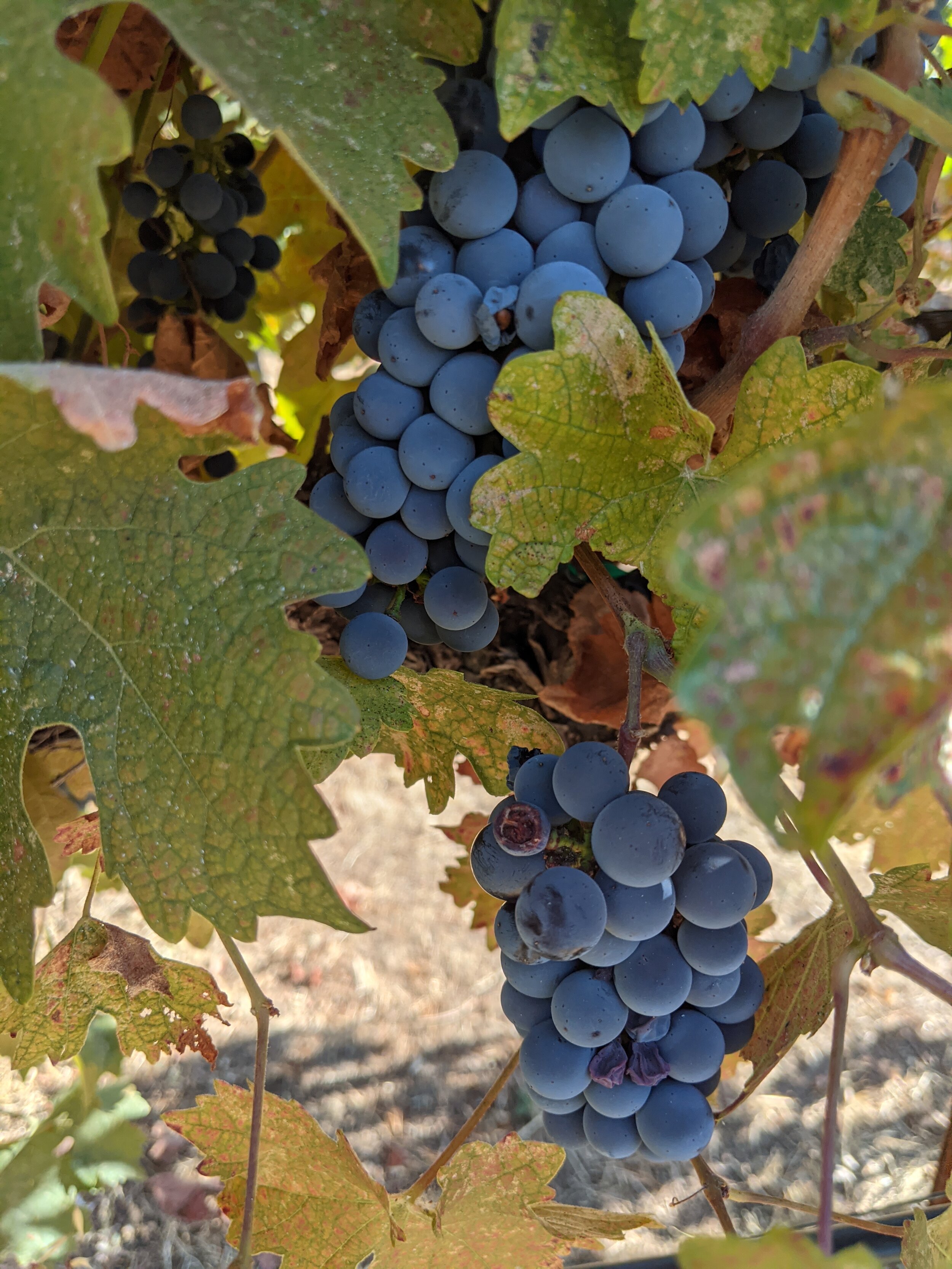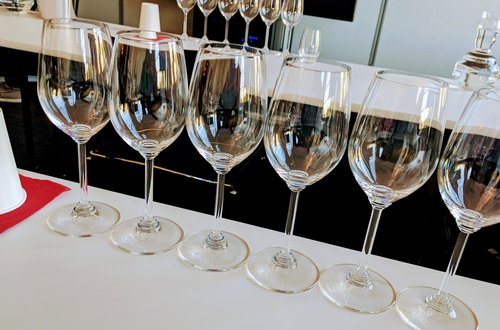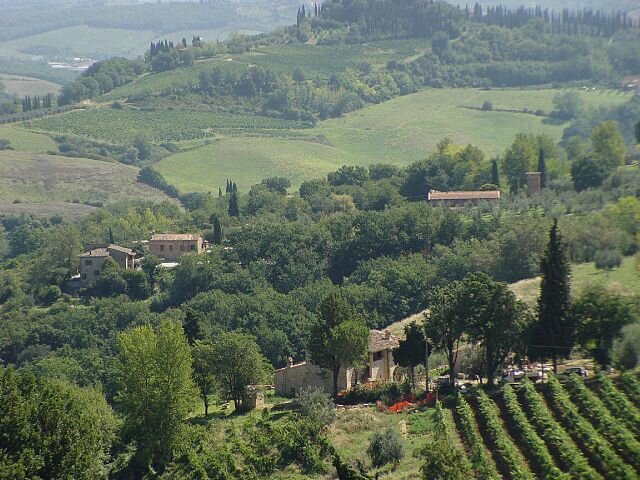
Hi All,
A brief public announcement that I’ve officially enrolled in the WSET Diploma program. I can’t believe I’m writing this!
Deep breath.
What Is the WSET Diploma?
The Wine and Spirit Education Trust (WSET) Diploma in Wine is a flagship industry certification that examines the production and business sides of the wine trade.
The program is based out of London; certified educators offer diploma courses around the world.
The diploma differs from the Master Sommelier certification in that it doesn’t focus on service and hospitality.
I enjoy the idea of dining in restaurants and partaking in the breaking of bread with friends and loved ones, but am less enthusiastic about the grueling hours of dinner service.
#Respect for all of the sommeliers out there.
The WSET Diploma in Wine program consists of 6 individual units divided up over a 2-3 year period:
- Unit 1: Wine Production (Vineyard & Winery) (Done)
- Unit 2: Wine Business (Costing & Marketing) (Done)
- Unit 3: Wines of the World (Wine, Styles, and Laws of different regions) (Done)
- Unit 4: Sparkling Wines (Wine, Styles, and Laws of different regions) (Pending)
- Unit 5: Fortified Wines (Wine, Styles, and Laws of different regions) (Pending)
- Unit 6: Independent Research (Done)
Writing the units out in such a concise list makes the process appear deceptively simple, which I’ll take for now.
Why Take the WSET Diploma?
Okay, I’ll admit that “Diploma” has a certain stature associated with it. More than that, I’m hoping to leverage the resources and contacts throughout this process to work on a side project in a few years.
Yes, years.
There’s a long game at play that I’m not **quite** ready to divulge, so you’ll have to check back in at a later date. Alas, nothing in wine is for the impatient…
Equally as important, the program teaches students a shared jargon understood by wine professionals across the global industry. This education opens up the ability to communicate with others about wine and the business of wine regardless of locale.
And my tasting skills need work. There’s no substitute for guided experience. Time to break out those wines of typicity and get started
(Jargon Alert: typicity means that the wines reflect the variety and winemaking style of a given region, for example, a cool climate Chardonnay from Chablis, France vs. a warmer climate Chardonnay from Russian River Valley in Sonoma).
What’s the First Step in the WSET Diploma?

Units 1 & 2, Production & Business, start in a few short weeks, with exams this fall. You’re required to pass the first two units before moving on in the program. Vineyard, winery operations, costing, and marketing should be relatively straightforward. The Wine Studies program through the Santa Rosa JC covered these four topics in depth.
In fact, one of our class projects this semester was to design a winery and run the costing estimates for setup and production.
Have I mentioned that I affectionately refer to the course in question as ‘Dream Crusher’?
Appropriate given the recurring nightmares of supply chain disruptions and endless opportunities for bottling line SNAFUs.
Digression: Did you know, for example, that wine bottle manufacturers, closure manufacturers, and label printers are all separate companies/businesses?
Analogy time: prefab construction by one company vs. traditional construction with your stream of sub-contractors. The winery needs to coordinate with each supplier independently to get samples and then arrange with the bottling line to figure out if all of the pieces will work as a whole.
And this needs to be done 8 months in advance of actual bottling. And heaven forbid your shipping container is blocked in a harbor because of a global pandemic meaning that, despite ordering months ago, your corks may not make it in time for bottling day. Good grief.
No wonder major producers choose to own their supply chains outright.
And, because I know you’re all curious, here’s my running list of bottling line nut rolls:
- Wrong wine in the bottle
- Wrong label on the bottle
- No label
- Missing a front/back label
- Label on upside down
- Label on crooked
- Label peels off (condensation)
- Wrinkled label
- Label missing 1 color of ink (dye ran out during printing)
- Wrong cork in the bottle
- Cork doesn’t insert fully
- Missing capsule (foil that goes on top of the cork)
- Capsule doesn’t sit correctly
- Personal favorite: Capsule but no cork… oops…
Reminder to Self: Winemaking is food manufacturing.
Likewise, the JC program provided excellent content courses in marketing and branding. In the words of my professor the other day, “If you build it, they will not come.”
The world’s awash in delicious wines with infinite substitutability, so how do you stand out? How do the Meomi’s of the world do what they do so well?
The remainder of the diploma units do not need to be taken in numerical order, and once you pass a unit, you keep your passing score for that unit and move on.
Unit 3 is the sticky point for many diploma aspirants.
What, exactly, does Wines of the World encompass? Oh man, just thinking of Italy and all of its DOCs and DOCGs raises my blood pressure and makes my eye twitch. Positive imaging time: Pastoral Italy.

Anyways, more to follow on this topic throughout the next few years. Insights, nuggets, and rants forthcoming.
Cheers to all,
Erin
Thirsty for More?
Check out my WSET Diploma unit 3 test taking strategies (I passed).
And here’s a list of strategies for the Spanish Wine Scholar (super fun class).




